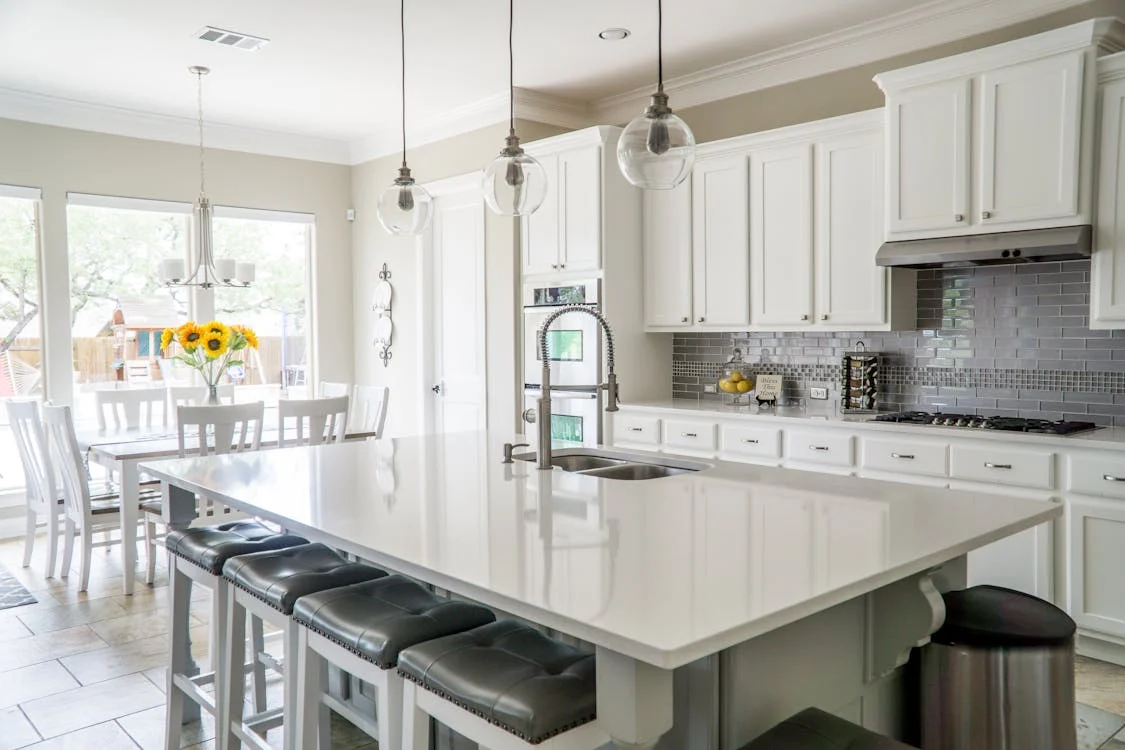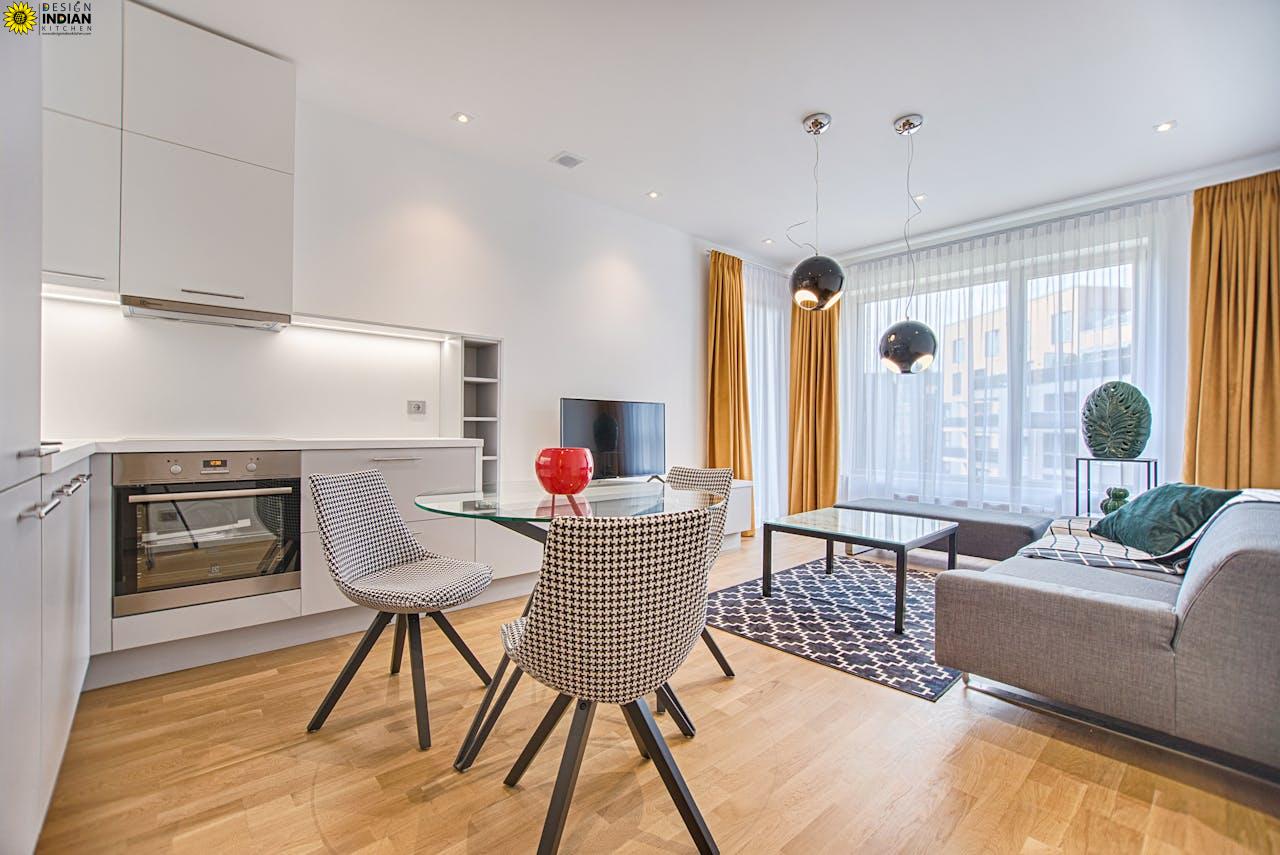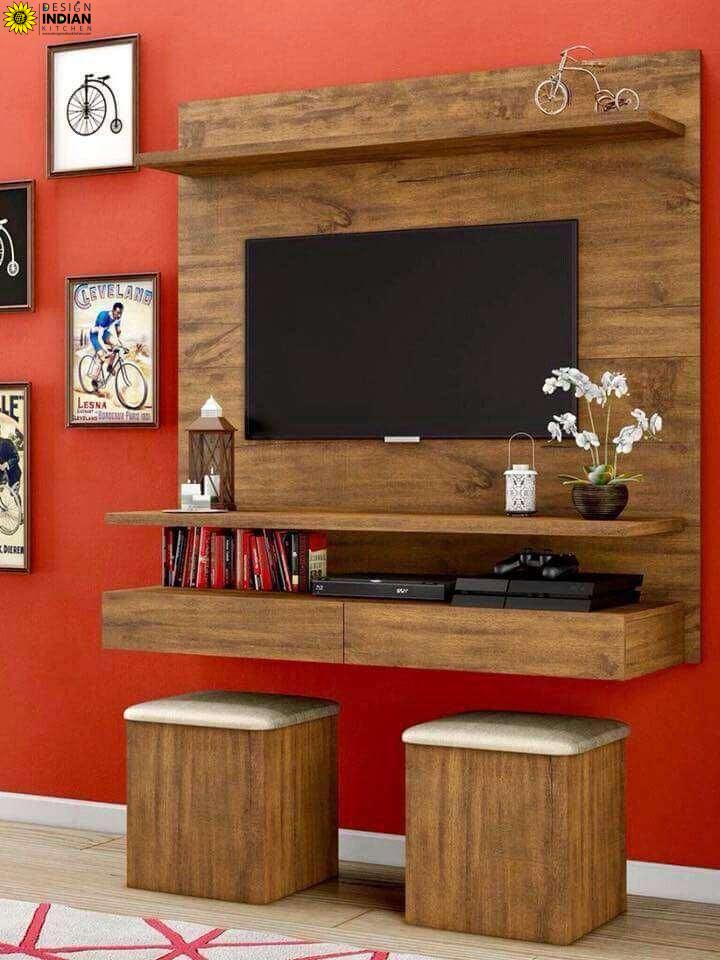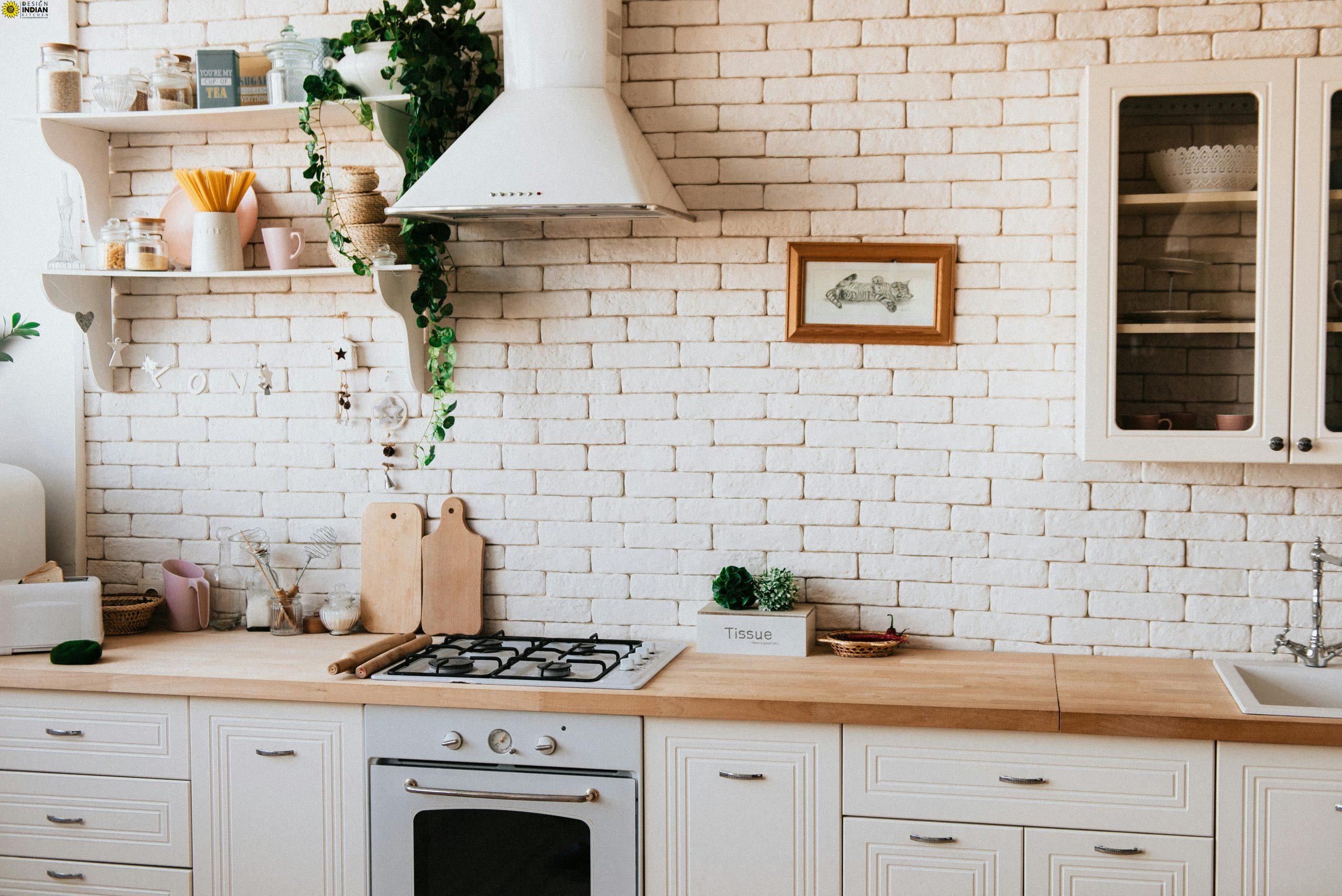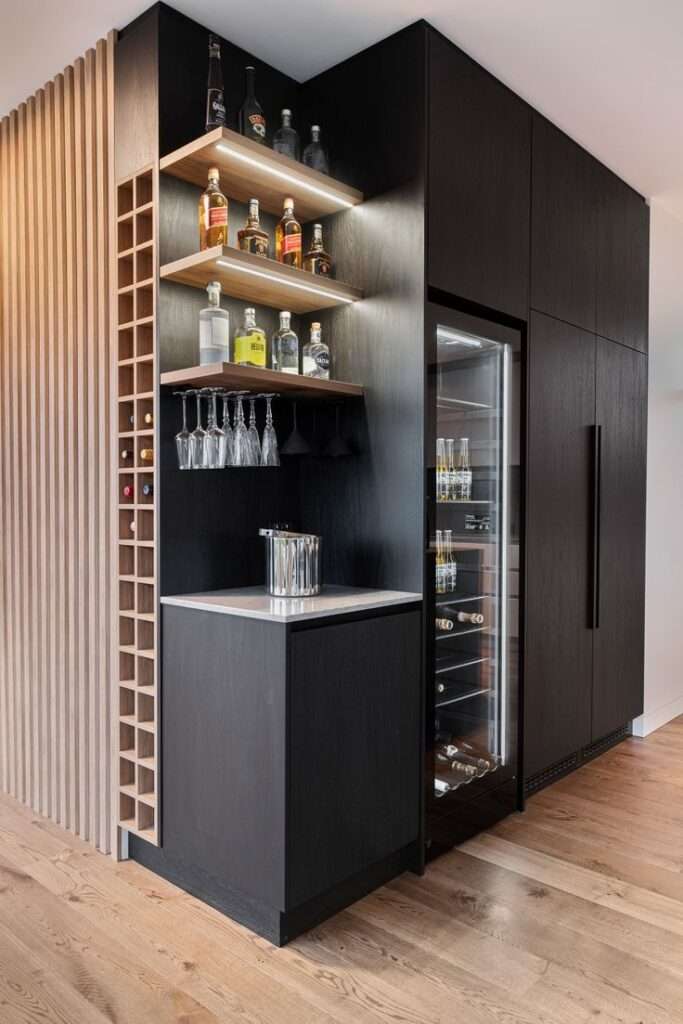
Modular kitchens have revolutionized the way we design and utilize our kitchen spaces. Their versatility, functionality, and aesthetic appeal have made them increasingly popular, especially in modern homes. One of the significant attractions of modular kitchens is their cost-effectiveness, offering a balance between affordability and style. However, determining the cost of a low-cost modular kitchen can be complex, as it involves various factors and considerations. In this manual, we will delve into the intricacies of estimating the cost of low-cost modular kitchens, providing you with valuable insights and guidelines to make informed decisions.
Understanding Modular Kitchens:
Before delving into the cost estimation, let’s understand what constitutes a modular kitchen. A modular kitchen consists of pre-made cabinet modules or units, typically made from materials like plywood, MDF (Medium-Density Fiberboard), or particleboard. These modules come in standard sizes and designs, allowing for easy assembly and customization to fit different kitchen layouts and requirements. The key components of a modular kitchen include base cabinets, wall cabinets, tall units, countertops, backsplashes, hardware, and accessories.
Factors Affecting Cost:
Several factors influence the cost of a low-cost modular kitchen. Understanding these factors will help you estimate the overall expenditure more accurately:
- Size and Layout: The size and layout of your kitchen play a crucial role in determining the cost. Larger kitchens require more materials and components, thereby increasing the overall cost. Similarly, complex layouts or irregular shapes may necessitate customizations, impacting the expenses.
- Material Quality: The quality of materials used in the construction of modular units significantly affects the cost. While low-cost modular kitchens utilize budget-friendly materials like laminates or PVC (Polyvinyl Chloride), the choice of material can vary based on durability, aesthetics, and price.
- Cabinet Finish and Design: The finish and design of cabinets also contribute to the overall cost. Basic finishes like laminate or PVC are more affordable compared to premium finishes like acrylic or membrane. Similarly, intricate designs or customized features may incur additional expenses.
- Countertop Material: The choice of countertop material can influence the cost significantly. Low-cost options include materials like laminate, tile, or solid surface, while higher-end choices comprise granite, quartz, or marble, which come at a premium price.
- Hardware and Accessories: The selection of hardware such as hinges, handles, drawer slides, and accessories like organizers, baskets, or pull-out trays adds to the total cost. Opting for standard or basic hardware can help keep expenses in check.
Estimating the Cost:
Now that we’ve outlined the key factors let’s proceed to estimate the cost of a low-cost modular kitchen:
- Budget Allocation: Begin by determining your budget for the modular kitchen project. Having a clear budget in mind will guide your choices and prevent overspending. Allocate funds for each component based on priority and importance.
- Research and Comparison: Research various suppliers, brands, and options available in the market. Compare prices, quality, and features to identify the best value for money. Look for deals, discounts, or package offers that can help you save on costs without compromising on quality.
- Itemized Cost Breakdown: Break down the cost into individual components such as cabinets, countertops, hardware, and installation. Obtain quotes from multiple vendors or contractors to ensure transparency and competitive pricing.
- Consider DIY Options: If you’re handy with tools and have basic carpentry skills, consider assembling the modular units yourself. DIY assembly can save on labor costs, although it requires time and effort.
- Factor in Installation and Additional Costs: Don’t forget to account for installation charges, transportation costs, taxes, and any unforeseen expenses that may arise during the project. It’s advisable to keep a buffer for contingencies to avoid budget overruns.
- Prioritize Essentials: While planning your modular kitchen, prioritize essential components that align with your needs and lifestyle. Invest in durable materials for frequently used areas like countertops and cabinets, while opting for cost-effective alternatives for less critical aspects.
Conclusion: Estimating the cost of a low-cost modular kitchen involves careful consideration of various factors such as size, layout, materials, and design preferences. By following the guidelines outlined in this manual and conducting thorough research, you can create a functional and stylish kitchen that meets your requirements without breaking the bank. Remember to prioritize quality, durability, and value for money to achieve the best results within your budget constraints. With proper planning and informed decision-making, you can enjoy the benefits of a modern modular kitchen at an affordable cost.


